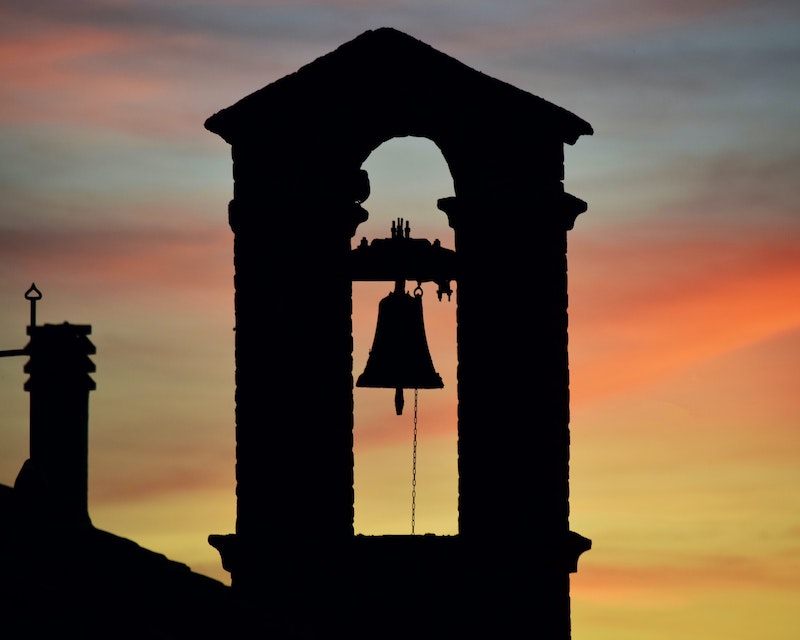As the fall sports season continues and the winter season approaches, it is more important than ever for athletes to stay in shape. However, even if you are not taking part in sports or anything of the sort, it is vital that you casually train and exercise for the well-being of both your body and mind. For this issue, we have chosen two classical pieces that we believe could assist you in such workouts.
Skylar’s Pick
Henryk Wieniawski – Etude-caprice, Op. 18, No. 4
Wieniawski was a Polish Romantic-era violinist and composer who was once described as being “without doubt a genius” by Belgian violinist and composer Henri Vieuxtemps. Before 1863, he published eight etudes-caprices for solo violin and an optional second violin ad-lib for educational purposes—an etude being an exercise for musicians and a caprice, a short piece with free structure. The most well-known of these etudes-caprices, which have since gone on to become highly esteemed pieces for violinists, is arguably the fourth one. Etude-caprice No. 4 is a lively, carefree piece just shy of two minutes with a swift, constant tempo ideal for running—tempo di saltarella, ma non troppo vivo (time to jump, but not too alive). It is set in A minor, which is not dark or gloomy despite being a minor key. The time signature is 6/8 (six eighth-notes per bar, but with the dotted quarter-note being counted as one beat), allowing the piece to sound all the more rhythmical and capricious. Wieniawski consistently juxtaposes techniques such as pizzicato (plucking the string with one’s right index finger) and arco (playing on the string with the bow), in addition to implementing accents on both downbeats and upbeats, to convey capriciousness. There are also frequent dramatic changes in dynamics such as repeatedly switching between forte (loud or strong) and piano (soft) 27 consecutive times within only eight measures (16 beats), which further accentuates the temperamental personality of the caprice. Athletes, especially runners, will be entertained by this piece due to such embellishments that may seem minor at first glance yet serve to enhance the enjoyability of the etude-caprice and make each repeated section unique. While this piece has a certain lighthearted energy to it, it is not a piece that will give you sudden bursts of energy to keep you motivated; rather, it should be treated as one you can consistently rely on to maintain your rhythm and find your stride when working out. Athletes who run as a means of relaxation would be best suited for listening to this while training. The rendition I felt captures the true beauty of the piece is the one by Itzhak Perlman and Pinchas Zukerman, two renowned maestros. Fall season athletes (and students working out for different reasons), I wish you the best of luck in your endeavors and hope this piece will be of assistance to you!
Isabelle’s Pick
Pyotr Ilyich Tchaikovsky – The Nutcracker Suite, Op. 71A, Russian Dance “Trepak”
“The Nutcracker Suite” has been best known as the most popularized birth child of genius Russian composer Pyotr Ilyich Tchaikovsky. From 1892, the piece has been the score for the famous two-act ballet, now commonly performed by ballet theatres and academies. “Trepak” is one of the most celebrated pieces in the ballet, and is one of the several ethnic dances. Based on the traditional Ukrainian folk dance, “Trepak,” also known as the “Russian Dance,” is written in the key of G major, and is in the form of AABA, which consists of a two time repeated strophe, followed by a different bridge, followed by a repetition of the first repeated strophe. The piece begins as Presto and continues in the same fast tempo throughout the entirety of the piece. Furthermore, it has a time signature of 2/4, meaning that there are two quarter-note beats per bar. The strikingly fast speed makes the piece ideal for highly active workouts such as running or working the elliptical. Moreover, the piece transitions constantly from forte to piano, which further amplifies the excitement and interest that the listeners may have. In contrast to Skylar’s piece, “The Nutcracker Suite” is full of energy, which is again illustrated by the fact that ballet dancers perform prisyadka, a dynamic dance that involves kicking the legs swiftly from a squat position. As the piece progresses, the speed of the piece becomes increasingly faster, and various instruments, mostly those of the wind section, build up to the tension arising throughout the piece. Furthermore, powerful accents, which are apparent in the piece, add to the energy-packed nature of the piece. The immensity of an entire symphony as well as the gradual increase in tempo and dynamics will help push one into the energy of a hard workout. Once again, since classical music is open to interpretations, I selected the version I believe is most fitting for running. Played by the Royal Philharmonic Orchestra and conducted by Don Jackson, the piece transforms the average room into one full of spirit, life, and energy. I hope you will be able to find yourself dancing along or running as you engage in this masterpiece.

